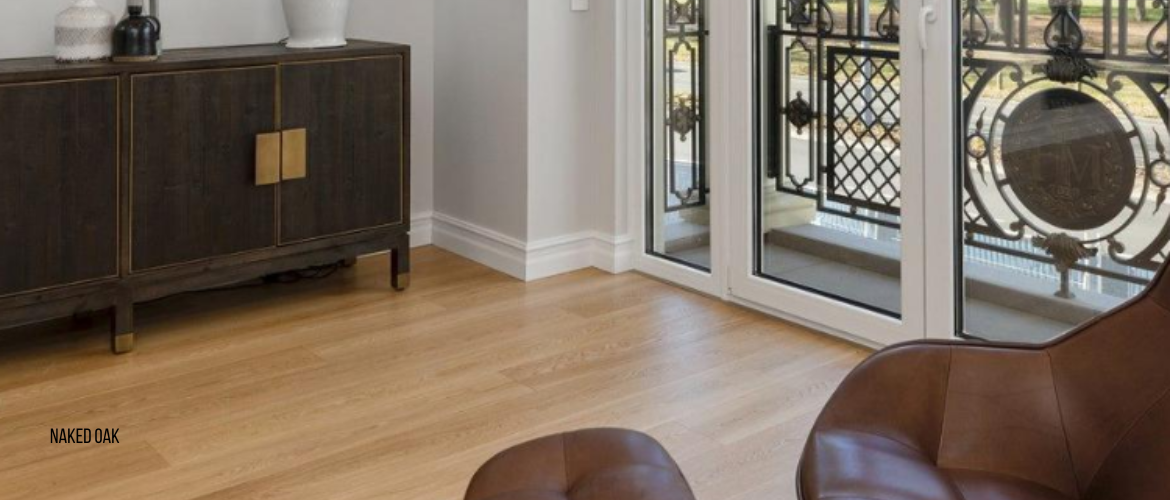One of the most common complaints from your clients about their timber flooring might be the floor vibrations. While floor vibrations are normal, your clients might not understand that it is an inherent quality of the flooring that they’ve chosen. You can minimise the occurrence and the intensity of floor vibrations by planning around the joists and spans of the build.
What causes floor vibration
Some factors which influence vibrations in a floor system are:
- Mass
- Stiffness
- Span length
- And dampening
Generally heavier, stiffer, shorter, and highly damped floor systems help in preventing excessive vibrations. For example, full-sized, solid-sawn joists used on residential floors will cause less vibrations as will balancing selecting the lowest price engineered floor system which has been engineered to an inch of its life with one that the designer has carefully considered the tradeoff between cost to purchase and performance.
Innovation with engineered wood products, has enabled changes in design and construction techniques means that engineered floor systems are spanning greater lengths. The system results in lighter and more flexible timber flooring which increased vibrations, sound transfer.
Considerations to prevent floor vibrations
Set your client’s expectations
Find out if your client wants floors which have a “concrete slab” feel, or a typical timber flooring with more “give”. Explain to them how their build elements may affect the installation of their wood flooring.
How are the floor joists supported?
Find out if the floor joists are supported on walls on all four sides, or if there is a combination of walls and long beam joist supports.
Is there a direct-fix plasterboard ceiling under the joists?
This applies to two-storey houses where creating separation with a suspended ceiling under the upper floors will will improve the e dynamics of the timber flooring considerably.
Are there large open rooms with lightweight furniture?
The mass of the furnishings in a room help in dampening vibrations, so rooms like a rumpus room where lightweight furniture is normally placed may experience higher vibrations than other rooms in the house.
Prevention is less costly
Engineered floor systems which have been engineered to the maximum span and capability will increase the occurrence and impact of timber floor vibration. So when you’re quoting for a job, consider the span of your joists and the expectations of your client. To retrofit a poorly performing floor is an expensive and time-consuming exercise, so speak with your client and help them get a full understanding that pushing joist spans to their very limit may save them money, but once installed, may end up costing more if it performs badly.



